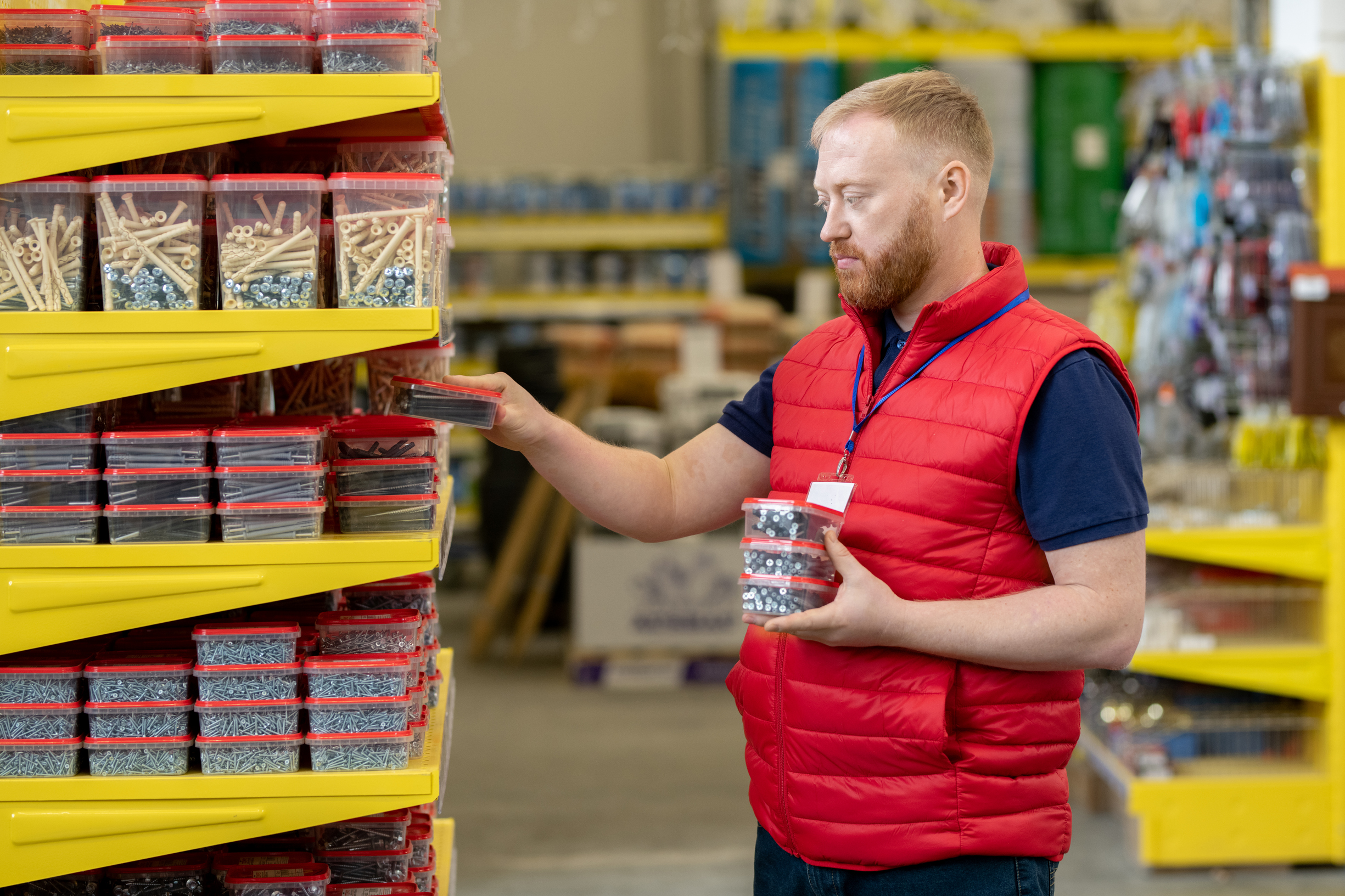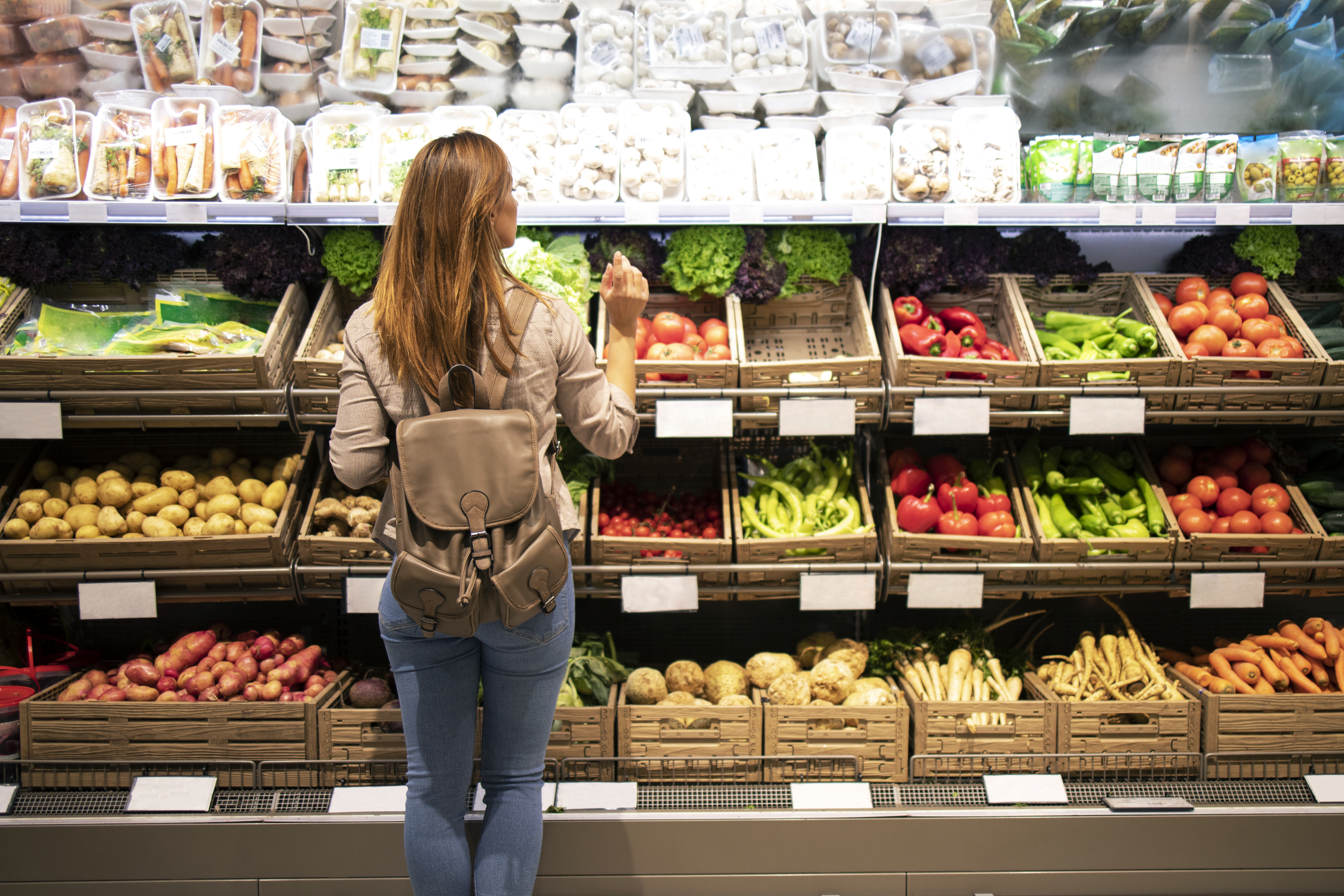Coffee prices are growing by leaps and bounds, over the last 5 years the aromatic beans have become as much as 4 times more expensive on world markets! Gold is nervously fading on the sidelines - it has only risen 2.5 times during this time. The dollar has turned green with shame - it has not gained even 50% in five years. And even a small rebound in prices in February should not give anyone hope: coffee, our experts of analytics predict, will continue to rise in price. What kind of phenomenon is this, where does such agility come from?
Coffee is rising faster than gold: What are the reasons and when will the price increase stop?
PRICE FEVER
The steady rise in coffee prices is usually explained by natural disasters, primarily in Vietnam and Brazil, the main producing countries. Last December, the world media wrote, the harvest in Vietnam was delayed due to rains, while in Brazil, on the contrary, they complained of drought.
However, the coffee price fever began even earlier.
- In 2022, due to abnormal cold weather in Brazil, young trees that were supposed to replace the old ones and give a harvest froze, - Mikhail Galyamov, founder of the Yekaterinburg network of vending coffee shops "Coffee with You", told Komsomolskaya Pravda. - The shortage of Arabica led to increased demand for Robusta. Prices soared for both varieties, and Robusta caught up with the traditionally more expensive Arabica.
In addition, the expert continues, fires and heavy rains hit the coffee regions of Brazil.
- Against the background of increased demand, suppliers broke contracts, since it was cheaper for them to pay fines and sell the grain at a higher price than in the contract, - Galyamov said.
There was also unrest on the other side of the planet.
- Some Vietnamese farmers, - the expert continued, - retrained to grow the exotic fruit durian - it became more profitable to cultivate it than coffee. The demand for coffee in the world grew, and the supply from Vietnam became smaller.
Natural disasters happened before, but the coffee world did not experience them so violently. However, several years ago, stock speculators and other market participants decided to use the world media more actively for their own purposes: when it was necessary to sell, they heated up the market, throwing out information about the allegedly dire situation on coffee plantations and the upcoming price increase, when it was necessary to buy, they calmed the public or simply kept silent, then the prices dropped. Sometimes even outright fakes are thrown in.
The main course of such a game is to increase. Against this backdrop, some producers, not being fools, are deliberately holding on to stocks in anticipation of rising prices, which further increases the shortage.
A simple farmer from a coffee plantation is not standing on the sidelines either. He sees in the news how his product is becoming more expensive, and wants to get more. And his increasing demands also push prices up – so that when we buy a cup of coffee or a bag of beans in a store, we pay the entire chain of creators of the aromatic drink.
THE CEILING HAS NOT BEEN BROUGHT THROUGH YET
All this is true. But an organized coffee community could push prices up as much as they wanted, and they would not succeed if a buyer, for example, in Russia, was not ready to shell out 180 rubles for a cup of cappuccino. Oh, already 200? No problem, here you go, 200.
- Now coffee prices are kind of feeling out a new reality, - Ramaz Chanturia, CEO of the Roschaikofe Association, told KP. - Firstly, this process is affected by global inflation: over the past 20 years, the purchasing power of the dollar has fallen by more than 80%. And prices have been stagnant for many years - in 2015-2017, the cost of coffee on the exchanges was even lower than the cost of production in many countries - this made its cultivation unprofitable. And secondly, coffee is becoming an increasingly popular drink. The world is gripped by a coffee boom. Southeast Asia has become the locomotive. The demand is colossal. The industry is unable to satisfy it.
The region's turn towards coffee is quite understandable.
"China, India, Indonesia, Malaysia, and the Philippines are experiencing strong economic growth," says Chanturia. "Population incomes are increasing, and as soon as people move from poverty to the middle class, their diet includes products that are not only more expensive and of higher quality, but also associated with a higher social status. And coffee falls into this category.
This process, according to the expert, has made the main contribution to the increase in world prices.
"Buyers from Southeast Asia are active, but Europe, the United States, and Latin America, where coffee is a traditional drink, are not going to give up their usual product," says Chanturia. "As a result, a struggle is raging at auctions, which is further driving up the price. It is difficult to say when this race will end. Probably, when people consider the price of coffee too high and stop buying it.
STRONG RUBLE TO HELP US
According to the Roschaikofe Association, Russia accounts for approximately 5% of global coffee sales.
- Coffee consumption is growing in our country, and in 2017-2018 it outpaced tea consumption, - says Ramaz Chanturia. - Coffee is currently the main hot drink in the country.
According to GRI, coffee accounts for over 63% of the hot drinks segment.
However, last year, due to high prices, demand for it stopped growing. But this is in general. And if in particular, then in their approach to coffee, Russians proceed from the principle of "you can't forbid living beautifully."
- In 2024, ground and grain coffee of the premium segment became one of the sales leaders, increasing its figures by 3.5 times over the year, - Vladimir Vasyutkin, Development Director of GRADUS, which monitors price dynamics for key products (GRI index), told KP. - To a large extent, the growth occurred due to online sales - over the past two years, they have grown 3 times.
Experts have not yet decided what 2025 will bring. For example, according to Ramaz Chanturia's forecasts, if prices continue to rise, sales growth in Russia will stop. So the main question is prices.
- In the next 5 years, raw materials will become more expensive by up to 10% per year depending on exchange rates, transportation services, weather conditions, as well as the balance of supply and demand, - Associate Professor of the RUDN Institute of World Economy and Business Khadzhimurad Belkharoev told KP. - And there will be demand - coffee has turned from a fashionable drink into a product of everyday demand.
The GRI index predicts an even greater increase in prices - by 15-20%.
However, there is a more optimistic scenario.
- Coffee is becoming more expensive on world markets, but, on the other hand, we see the strengthening of the Russian currency - this factor, on the contrary, works to reduce the price in rubles, - Ramaz Chanturia explained. - It seems to me that these vectors will balance each other out, and in 2025 the price will not change much. And if the dollar falls below 80 rubles, it is even possible that the ruble price will decrease.
In general, global coffee cataclysms are reflected in Russia in a softened version. This is because almost all stages of production are localized, and all conditions have been created for importing grain.
- Russia has a zero duty on the import of raw coffee beans, in addition, the country has invited foreign companies to invest in the domestic coffee industry, - Chanturia said. - You can import as much raw material as you like and process it within the country.
Twenty years ago, domestic roasting plants and powerful production facilities for the production of instant coffee, which require larger investments (from $ 100 million), began to be created.
- As a result, the entire mass market of coffee - roasted, ground, instant - everything that we see on the shelves - is produced in Russia from green coffee, which we import duty-free, - Chanturia emphasized.
If these processes had remained abroad, our coffee prices would have been even higher.
And what about the sanctions? It turns out, not at all.
- The sanctions have not affected the coffee business - coffee grows in those countries that have not had geopolitical difficulties with us, - Chanturia says. - As for logistics, these are solvable issues. They affect the price, but not critically.
WE JUST KNOW HOW TO FRY
One of the main reasons for the mass popularity of coffee in Russia is the high quality of roasting, perhaps the most important stage in the production of coffee beans and ground coffee. It only seems that you threw green beans into a frying pan - and now they are brown, the next stop is the coffee grinder.
- Almost more than 80% of what we see in stores is the product of Russian roasting, - says Chanturia. - We have learned to do this very well. Russian roasters have repeatedly won prizes in world professional championships.
Roasting production is inexpensive in terms of investment, but it is a rather complex and responsible process.
- You need to know which grain to roast and how, - says Chanturia. - During the roasting process, biochemical processes occur in it, which give the drink a characteristic taste and aroma. And the roasting profile (such a professional term) - at what temperature to start, to what to increase, how long to keep at a particular temperature - is a whole art. The same grain can be prepared in different ways. You can make a dark roast and get a more pronounced taste, but the aroma will be weaker. Or you can make a light roast, then the coffee will be softer, with a sourness and more aromatic.
COFFEE FASHION SETTERS
Russia is also becoming a world trendsetter in coffee fashion. For example, we invented raf – cream heated with steam with a small amount of foam is added to a portion of espresso.
- Raf has become fashionable all over the world, it is drunk with various syrups and additives – from lavender and pumpkin to cheese foam, – Galina Sorokina, director of the Institute of Economics and Finance of the State University of Management, told Komsomolskaya Pravda.
The desire for experiments cannot be stopped. In the old days, gourmets loved to drink coffee with cognac, and simpler guys, for example, pirates, washed it down with mugs of coffee with rum. Now raf with whiskey syrup is in trend.
But not only raf.
- Among those who lead a healthy lifestyle and exclude lactose from their diet, coffee with alternative milk is quite common, as well as bumble coffee with espresso diluted not with milk, but with juices, - continues Sorokina. - The most popular are orange and cherry. Strong coffee with milk, called flat white, is also in demand.
And this is far from a complete list of coffee varieties.
- Over the past two years, alternative methods of brewing coffee, coffee with plant milk (oat, coconut, almond), cold coffee, coffee in drip bags, capsules, as well as lavender and banana raf have become very popular, and even pumpkin - for an amateur, - says Mikhail Galyamov. - Local roasters have also become popular. Almost every city with a million people has its own roaster, and somewhere more than one. This allows you not to inflate prices and maintain a high quality bar.






